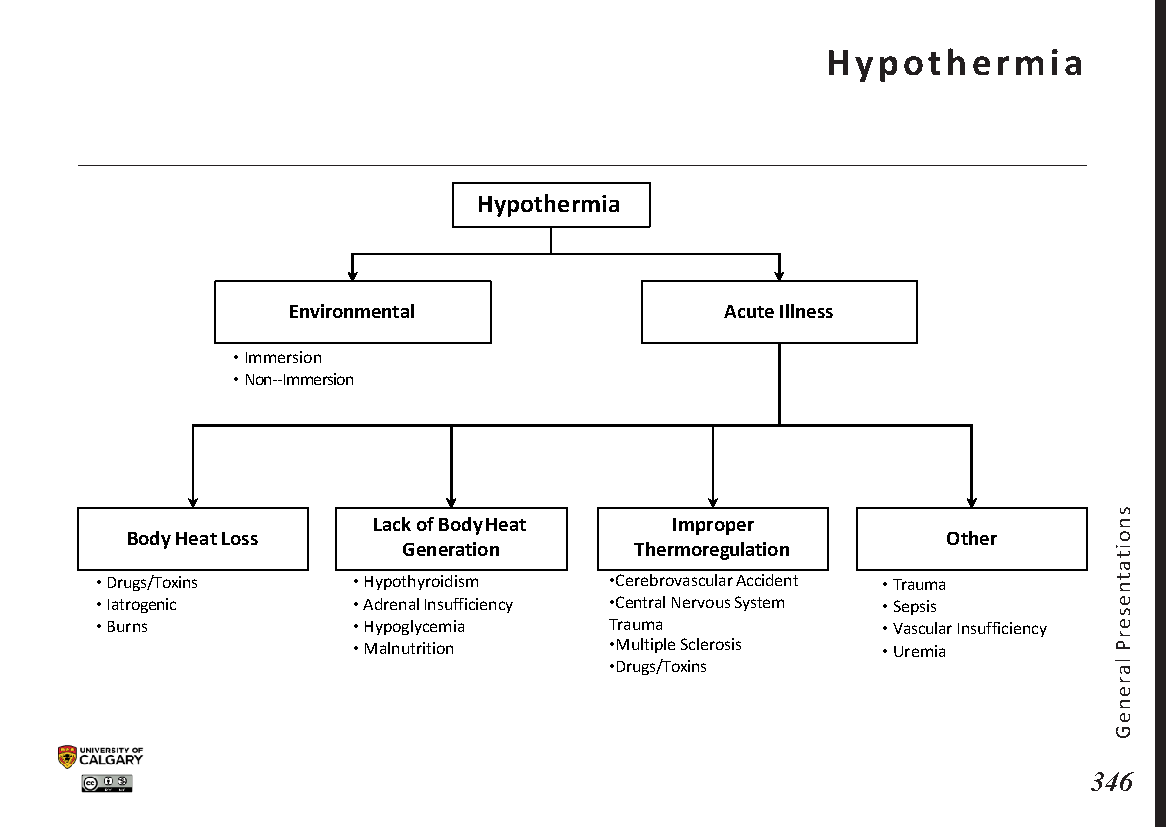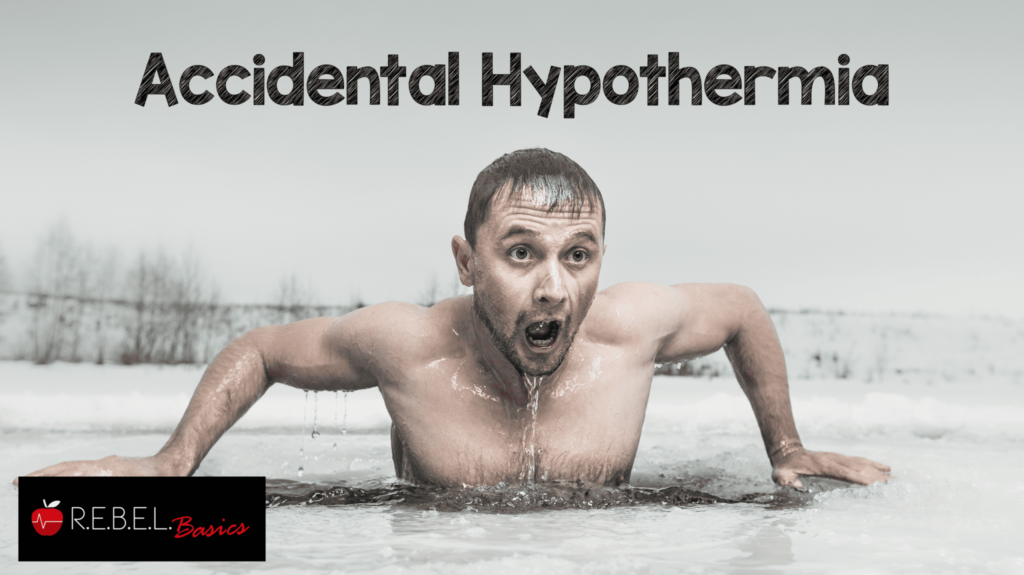Hypothermia, often abbreviated as HT, is a potentially life-threatening condition that occurs when the body loses heat faster than it can produce it, causing a dangerously low body temperature. This medical emergency demands immediate attention and understanding to prevent severe complications or even death. In this article, we will explore the causes, symptoms, risk factors, and treatment options for accidental hypothermia, shedding light on how to manage and prevent this cold-induced crisis.

What is Accidental Hypothermia?
Accidental hypothermia refers to an unintentional drop in core body temperature below 35 degrees Celsius (95 degrees Fahrenheit). The human body functions optimally within a narrow range of temperatures, and when this balance is disrupted by excessive cold exposure, vital organs such as the heart, brain, and kidneys may struggle to operate effectively. Prolonged exposure to cold environments, immersion in cold water, or inadequate clothing in chilly conditions are common scenarios that lead to this condition.
How Does the Body Lose Heat?
The human body loses heat through several mechanisms, which can become problematic in cold environments:
- Radiation: Heat naturally escapes from the body’s surface into the surrounding environment.
- Conduction: Direct contact with cold surfaces, such as sitting on icy ground, transfers heat away from the body.
- Convection: Wind or water currents accelerate heat loss by carrying warmth away from the skin.
- Evaporation: Sweat or wet clothing increases heat loss as moisture evaporates from the skin.
When these processes occur at a rate faster than the body can generate heat, hypothermia becomes a real risk.
Symptoms of Accidental Hypothermia
The symptoms of hypothermia vary depending on the severity of the condition. Early recognition is critical to preventing further complications. Below are the stages of hypothermia and their associated signs:
Mild Hypothermia
In the early stages, individuals may experience:
- Shivering, which is the body’s attempt to generate heat through muscle activity.
- Cold and pale skin.
- Fatigue or drowsiness.
- Slurred speech or mild confusion.
- Rapid breathing.
Moderate Hypothermia
As the condition progresses, symptoms become more severe:
- Intense shivering, followed by a sudden cessation of shivering as the body becomes too cold to sustain it.
- Weak pulse and slowed heart rate.
- Muscle stiffness and difficulty moving.
- Confusion, memory loss, or irrational behavior.
- Drowsiness and lack of coordination.
Severe Hypothermia
In advanced cases, the individual may exhibit:
- Unconsciousness or inability to respond.
- Very weak or undetectable pulse and breathing.
- Cold, bluish skin, particularly on the lips and fingertips.
- Dilated pupils and fixed gaze.
At this stage, immediate medical intervention is crucial to prevent cardiac arrest or death.
Risk Factors for Accidental Hypothermia
While anyone exposed to cold environments is at risk, certain factors increase susceptibility to hypothermia:
Environmental Factors
- Prolonged exposure to cold weather or water.
- High winds, which accelerate heat loss through convection.
- Wet clothing or skin, which enhances heat loss through evaporation and conduction.
Individual Vulnerabilities
- Age: Infants and older adults are more prone to hypothermia due to reduced ability to regulate body temperature.
- Chronic health conditions: Conditions such as diabetes, hypothyroidism, and cardiovascular diseases impair thermoregulation.
- Substance use: Alcohol and certain medications can interfere with the body’s ability to retain heat.
- Inadequate clothing: Wearing insufficient or improper attire for cold conditions increases the risk.
Treatment Options for Accidental Hypothermia
The treatment for hypothermia depends on the severity of the condition. Immediate action is essential to stabilize the individual and prevent further complications.
First Aid Measures
If you suspect someone is experiencing hypothermia, follow these steps:
- Move the person to a warm, dry location, if possible.
- Remove any wet clothing and replace it with dry, insulated materials such as blankets or coats.
- Cover the head and neck to minimize heat loss.
- Avoid direct heat sources like heating pads or hot water bottles, as they can cause burns or uneven warming.
- Provide warm, non-alcoholic beverages if the person is conscious and able to swallow safely.
- Monitor breathing and pulse. If the person stops breathing or their heart stops, begin cardiopulmonary resuscitation (CPR) immediately and continue until professional help arrives.
Medical Interventions
In a hospital setting, healthcare providers may employ advanced techniques to treat hypothermia:
- Warm intravenous fluids to gradually raise core body temperature.
- Use of warmed oxygen to aid in rewarming the body.
- Blood rewarming, where the patient’s blood is circulated through a machine to increase its temperature.
- Monitoring and stabilizing vital signs, including heart rate and blood pressure.
Preventing Accidental Hypothermia
Prevention is the most effective way to combat hypothermia. By taking proactive measures, individuals can reduce their risk of cold-related emergencies.
Dress Appropriately
- Wear layered clothing to trap heat and allow for adjustments based on activity level.
- Choose moisture-wicking fabrics to keep the skin dry.
- Protect extremities with gloves, hats, and insulated footwear.
Stay Dry
- Avoid activities that cause excessive sweating in cold environments.
- Change out of wet clothing as soon as possible.
- Use waterproof gear during rain or snow.
Plan Ahead
- Check weather forecasts before heading outdoors.
- Carry emergency supplies, such as blankets and high-energy snacks, during winter outings.
- Inform others of your plans and expected return time when venturing into remote areas.
Special Considerations for Vulnerable Populations
Certain groups require extra attention to prevent hypothermia:
Infants
Infants lose body heat rapidly due to their high surface area-to-volume ratio. Ensure they are dressed warmly and kept in heated environments during cold weather.
Older Adults
Older adults may have diminished sensitivity to temperature changes. Regularly check on elderly neighbors or family members during cold spells and ensure their living spaces are adequately heated.
Outdoor Workers
Individuals who work in cold environments should take frequent breaks in warm areas, wear appropriate protective gear, and stay hydrated to maintain optimal body function.
Final Thoughts
Accidental hypothermia is a serious medical condition that requires prompt recognition and intervention. By understanding its causes, symptoms, and preventive measures, individuals can safeguard themselves and others against the dangers of extreme cold. Whether through proper clothing, environmental awareness, or timely first aid, every step taken toward prevention and treatment contributes to saving lives in cold-induced emergencies.





